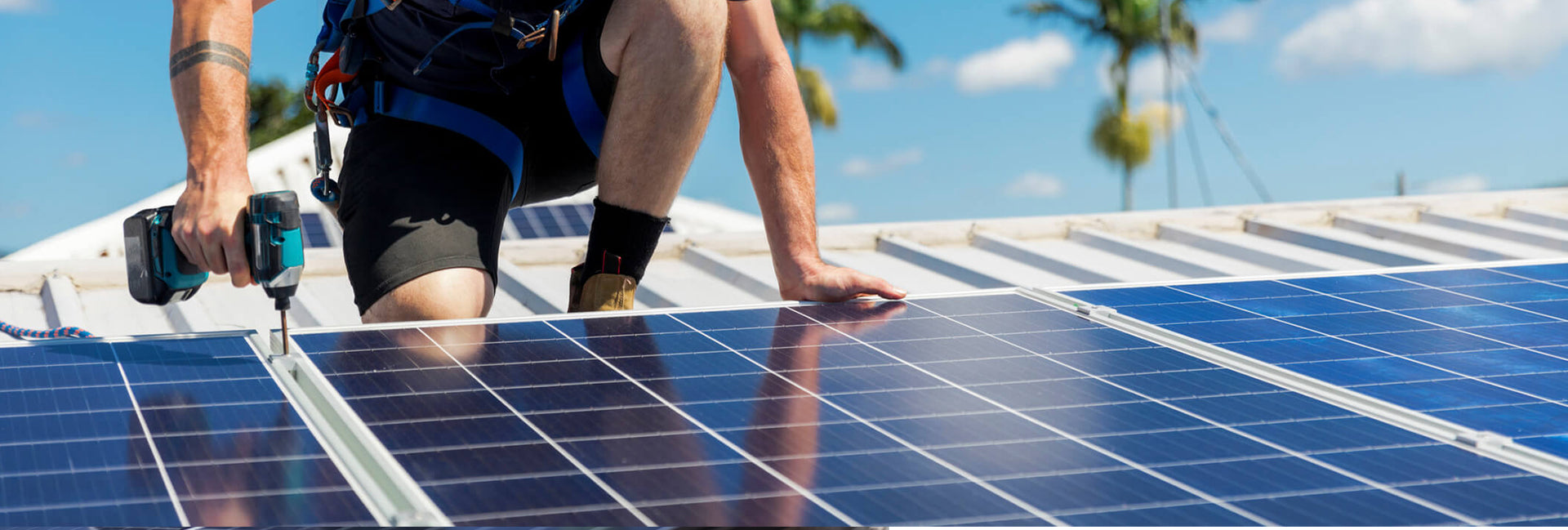FAQ
Key Terms to Remember
Voltage - refers to the difference in electric potential (charge) between two points.
Current - it is the rate of charge (amount of electricity) that is flowing through a circuit.
Amperage - it is the unit used to measure electric current.
Output Voltage - this is the voltage that is released by a device, such as a generator or a voltage regulator.
Output Current - this refers to the maximum current that can be supplied to a load.
How To Wire Solar Panels In Series vs Parallel- With Basic Diagrams! (For Beginners)
In Series, voltage adds up and Amps stay the same.
In Parallel, voltage stays the same and Amps add up.
Wiring your solar panels in series or in parallel— which is better? We’ll cover the pros and cons of these types of connections to help you decide which is suitable for your requirements.
About Off-Grid Solar Kit
A solar panel has to be connected to a charge controller to regulate current, and a battery to store the electrical power. You will need adapter kit cables to wire the solar panel(s) and charge controller, and tray cables connecting the charge controller to a deep-cycle battery.
On-grid simply means solar power equipment (array or solar panel) is connected to the electrical grid, while off-grid refers to systems that are not connected to the grid and therefore store the generated power for later use. Off-grid systems are not affected by grid blackouts.
In order to determine what size solar kit is appropriate, you must first define the total load to be expected of the solar power system. Most manufacturers will publish a specification sheet of the AC unit online and will include a nameplate sticker on the AC body. Both can be used to determine the actual power rating of the AC. BTU is a common measuring unit for energy in AC and water heater products, however we are intrested in the energy rate, or simply power. Power will be listed in units of Watts, and can be used to determine the total load resulting from running the intended AC unit. Multiply the power rating recorded in watts by the total number of hours of operation intended, to obtain the total watt-hours. Divide the total watt-hours by the peak sun hours in the location of installation, and multiply by a safety factor of 1.5-2, to obtain the total number of watts your panels should produce to power the air conditioner load. The total power load can be divided by the power output of one panel to obtain the number of panels needed.
If you intend to use this solar power kit as a power supply for home appliances (e.g. coffee maker, TV, etc.), then you will need an inverter to convert the output voltage from a 12 VDC system to a 120V AC output socket. Solarparts offers a variety of inverter products to suit your unique system and meet your power demand.
Learn more: Why Do Solar Cells Need an Inverter?
About Flexible Solar Panels
Flexible solar panels are made of a thin material that allows the panel to bend and flex. This versatility has made them increasingly popular. Each of these solar panels present different levels of flexibility.
Hybrid Solar-Wind Power Generation System Design Guide
The word ‘hybrid’ means comprising of two different types of varieties. In the case of a hybrid renewable energy system the means of generating electricity could be a combination of PV (solar panels), wind or even water turbine. The most common hybrid power generation system is a solar wind combination.
Compared: Grid-tied, off-grid, and hybrid solar systems
Each type of system has a unique setup that affects what equipment is used, the complexity of installation, and, most crucially, your potential costs and savings.
INQUIRY
CONNECT WITH US ALL ABOUT SOLARPART
Contact Us
Tel: 86-13923729619
E-mail: info@isolarparts.com
Address: 401, Bldg B, 3th Road, Xinglian industrial Park, Hehua community, Pinghu Street, Longgang District, Shenzhen City 518111 China.
